♥️Author : Xiao Liu at Station C
♥️Personal homepage: Xiao Liu's homepage
♥️ Share cloud computing network operation and maintenance classroom notes every day, hard work may not necessarily pay off, but there will be gains, come on! Work hard together for a better life!
♥️Under the setting sun, it is the most beautiful bloom, the tree is thousands of feet high, and the fallen leaves return to the roots. Life is not easy, and the true love in the world

Table of contents
The second step, all three use yum to install mysql-server
The fourth step is to modify the my.conf configuration on the master server mysql_m as follows
The fifth step, configure the master-slave
If two yes are displayed, the configuration is successful
Master-slave replication is configured
| system |
CPU name |
software |
ip address |
| Centos8 |
mysql_m |
mysql |
192.168.3.102 |
| Centos8 |
mysql_s1 |
mysql |
192.168.3.105 |
| Centos8 |
mysql_s2 |
mysql |
192.168.3.106 |
Linux
Linux, the full name of GNU/Linux, is a free-to-use and freely disseminated UNIX-like operating system. Its kernel was first created by Linus Benedict Torvalds on October 5, 1991. Released, which is mainly inspired by the ideas of Minix and Unix , is a POSIX -based multi-user, multi-tasking , multi-threading and multi- CPU operating system . It supports 32-bit and 64-bit hardware and can run major Unix utilities, applications and network protocols.
Linux inherits Unix's network-centric design idea and is a multi-user network operating system with stable performance. There are hundreds of different distributions of Linux, such as debian and archlinux based on community development, and Red Hat Enterprise Linux , SUSE , Oracle Linux and so on based on commercial development .
i tried8
CentOS 8 is an open source server operating system released by the CentOS project , which was officially released on September 24, 2019. [1] [8]
CentOS 8 is a stable, highly predictable, highly manageable, and highly repeatable Linux platform redistributed from the source code of RedHat Enterprise Linux ( RHEL ). Based on Fedora 28 and kernel version 4.18, CentOS 8 provides users with a stable, secure, and consistent foundation to span hybrid cloud deployments and support the tools needed for traditional and emerging workloads.
The first step is to modify the hostname in the initial configuration of the three systems, close selinux, permanently close the firewall, and configure the network yum source
The second step, all three use yum to install mysql-server

The third step is to create test databases and tables in the three systems and set up authorized porxysql users
Use mysql -u root -p command to enter mysql (password skipped)
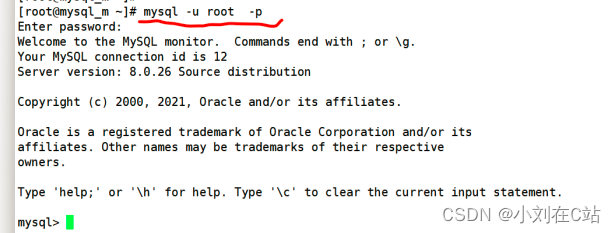
Create authorized users and test databases in mysql including tables in the database

Note that after creating a database below, you need to enter use brief_test to use this database, or you will report an error if you create a table directly
create database breif_test;
use letter_test;
create table `test` (
CREATE TABLE `test` (
`id` int NOT NULL AUTO_INCREMENT COMMENT 'primary key',
`service_name` varchar(50) NOT NULL COMMENT '自增',
PRIMARY KEY (`id`)
) ENGINE=InnoDB AUTO_INCREMENT=4 DEFAULT CHARSET=utf8mb4 COLLATE=utf8mb4_0900_ai_ci; # create test table
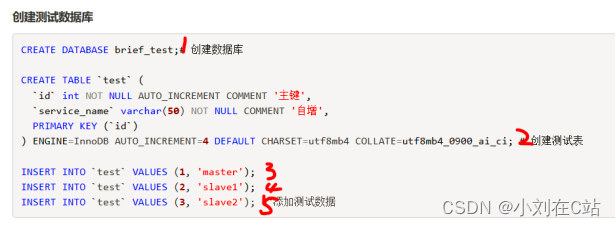
The fourth step is to modify the my.conf configuration on the master server mysql_m as follows

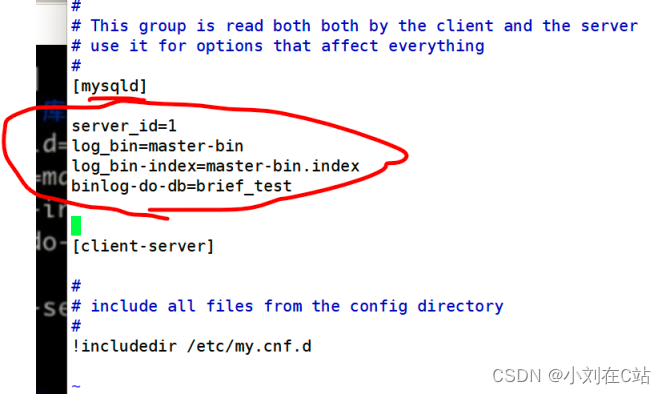
Among them, the server-id three mysql numbers cannot be the same
Restart the mysql service after the main mysql configuration file is modified
systemctl restart mysqld.service
The configuration files of the other two slave mysql servers are shown in the figure
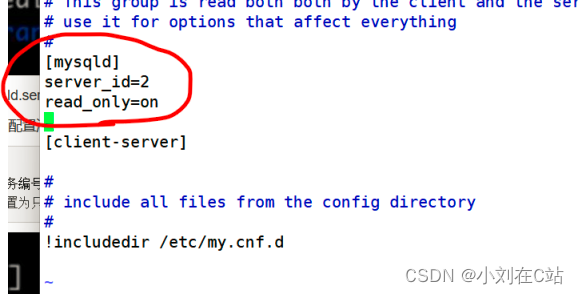
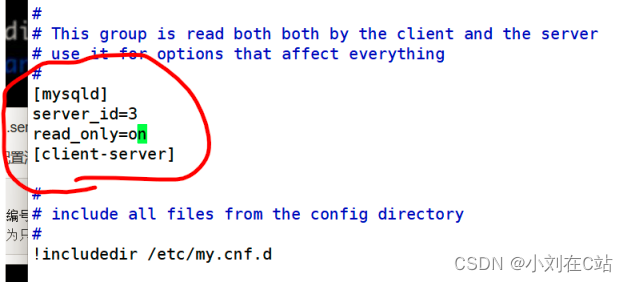
After the completion, restart the mysql service of the two slave mysql servers
The fifth step, configure the master-slave
Enter the mysql of the master server to view the status of the master
show master status

Note that the contents of flie and position are used in the slave server
The following contents of the two slave server configurations are the same. Enter mysql to do the slave configuration

The interim explanation is as follows

Finally, check the status on the two slave servers
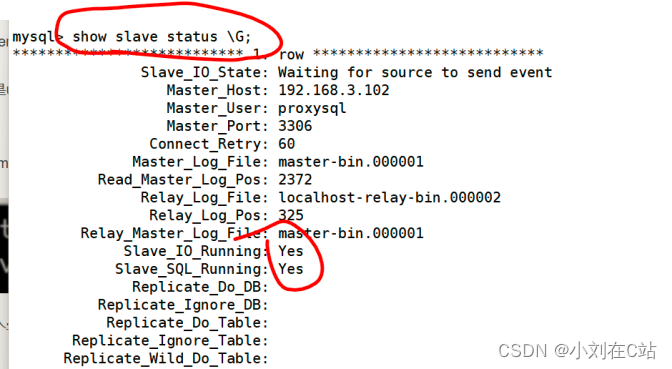
If two yes are displayed, the configuration is successful
Master-slave replication is configured
♥️Following is the driving force for my creation
♥️Like, is the greatest recognition for me
♥️This is Xiaoliu, I am inspiring to do every article well, thank you everyone